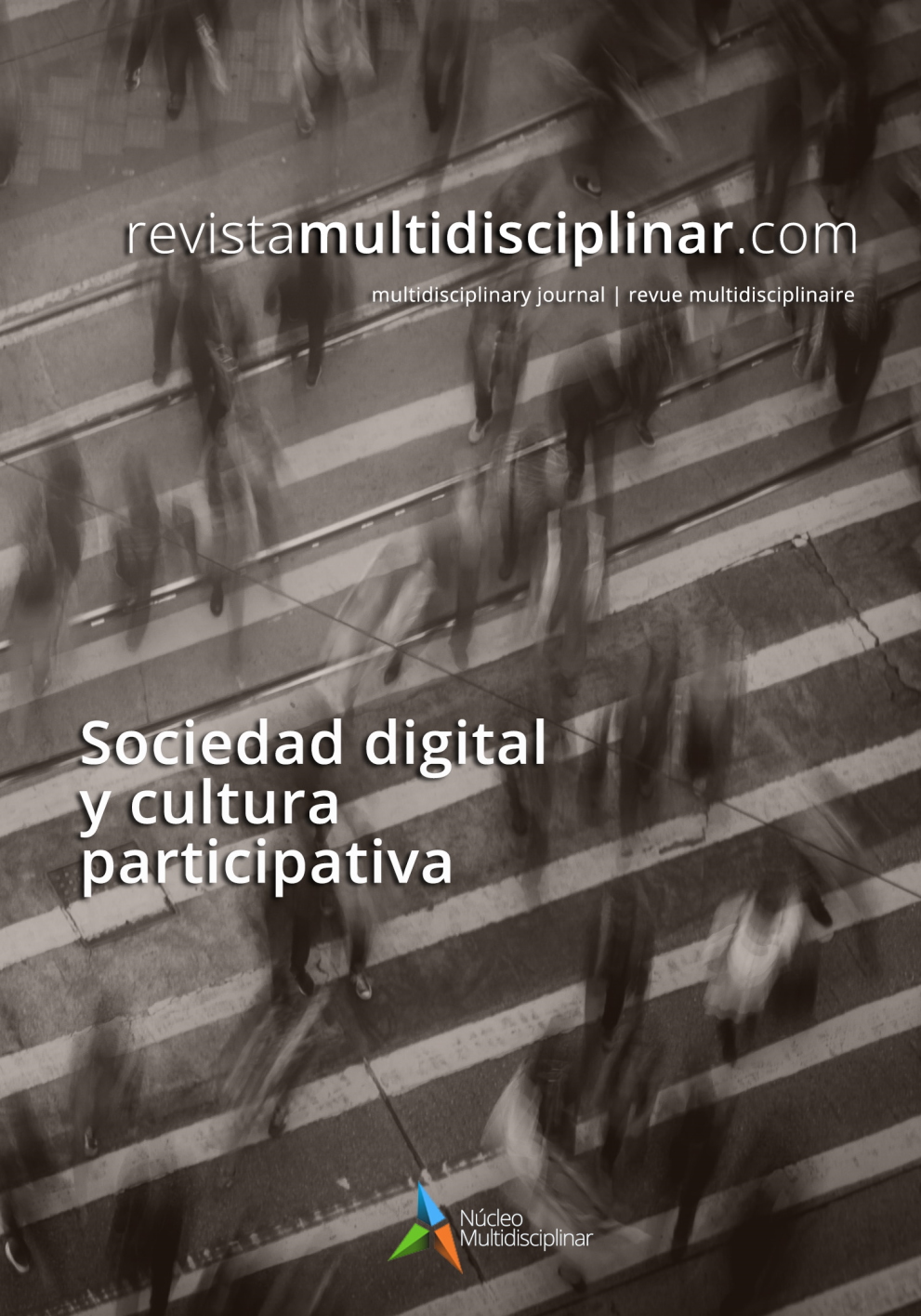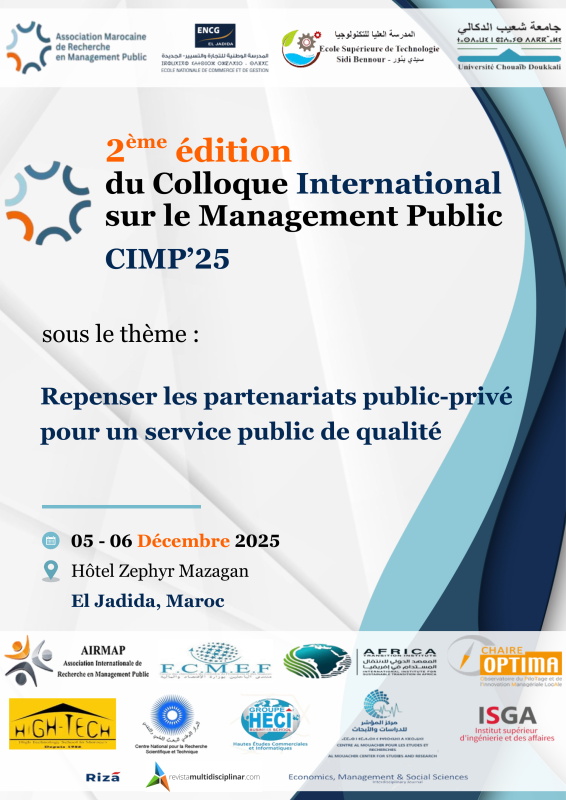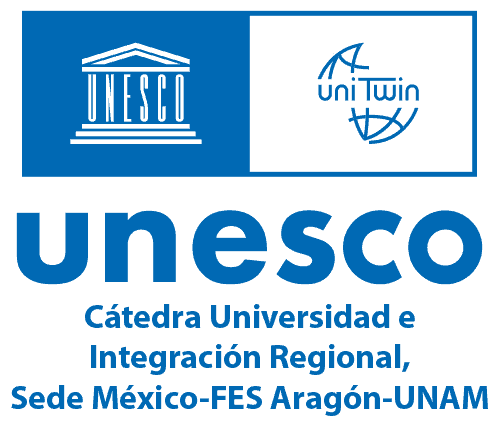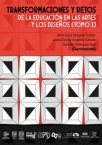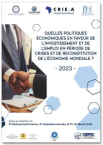Personalised QR codes and branding
a post-pandemic ethnographic study
DOI:
https://doi.org/10.23882/rmd.23177Keywords:
QR code, Mobile marketing, Visual communication, Advertising, BrandingAbstract
QR codes, originally seen as an ephemeral fad with a certain aura of modernity, have undergone a remarkable transformation in their function, becoming a popular marketing and advertising tool, especially in the wake of the COVID-19 pandemic. The visual appearance of these codes and the ability to establish a meaningful connection with the brand being promoted are important factors that directly influence the public's willingness to scan. In order to shed light on the nature of this trend, this ethnographic study has revealed a limited degree of personalisation in QR codes. This limitation results in a missed opportunity to incorporate distinctive brand elements into the design of the codes, which would allow for more persuasive visual communication and a more harmonious and appealing aesthetic presentation.
References
Araújo Vila, N. (2020). Repercusión económica de la pandemia originada por el COVID-19 a nivel mundial. Análisis de sectores más afectados. Quipukamayoc, 28(57), Article 57. https://doi.org/10.15381/quipu.v28i57.17903
Baugh, J. J., Oran, R., Roberts, T., Hankin, M., Moore, K., y White, B. A. (2021). The QR code: A treatment for COVID-19 information overload. The American Journal of Emergency Medicine, 45, 613-614. https://doi.org/10.1016/j.ajem.2020.11.065
Bonales Daimiel, G., Mañas Viniegra, L., y Jiménez Gómez, I. (2021). El impacto del flat design en el reconocimiento de marcas automovilísticas. grafica, 9(18), Article 18. https://doi.org/10.5565/rev/grafica.205
Fine, M., y Clark, M. (2015). Here to stay or a thing of the past? A study into the perception of quick response codes. Journal of Digital and Social Media Marketing, 3.
Flick, U. (2018). Introducción a la investigación cualitativa (4a ed.). Morata. http://digital.casalini.it/9788471127648
Hernández Sampieri, R., Fernández Collado, C., y Baptista Lucio, M. del P. (2014). Metodología de la investigación (6a). McGraw HIll education.
Ho, W.-E., Ong, L.-Y., y Leow, M.-C. (2022). Blended QR Code for Digital Advertising. 2022 IEEE International Conference on Artificial Intelligence in Engineering and Technology (IICAIET), 1-6. https://doi.org/10.1109/IICAIET55139.2022.9936832
Hossain, M. S., Zhou, X., y Rahman, M. F. (2018). Examining the impact of QR codes on purchase intention and customer satisfaction on the basis of perceived flow. International Journal of Engineering Business Management, 10, 1847979018812323. https://doi.org/10.1177/1847979018812323
Marín Viadel, R. (2017). A/R/Tografía social: Un enfoque metodológico en el contexto de las investigaciones sobre artes visuales y educación. Ideas visuales: Investigación basada en artes e investigación artística, 2017, ISBN 9788433860187, págs. 30-45, 30-45. https://dialnet.unirioja.es/servlet/articulo?codigo=5887301
Murphy, P. (2020, diciembre 3). Behind the Cover: BMF Australia champions the QR code’s comeback - AdNews. https://www.adnews.com.au/news/behind-the-cover-bmf-australia-champions-the-qr-code-s-comeback
Okazaki, S., Navarro, A., Mukherji, P., y Plangger, K. (2019). The curious versus the overwhelmed: Factors influencing QR codes scan intention. Journal of Business Research, 99, 498-506. https://doi.org/10.1016/j.jbusres.2017.09.034
Pena-Pena, K., Lau, D. L., y Arce, G. R. (2022). Colored-QRNet: Fast QR Code Color Image Embedding. 2022 30th European Signal Processing Conference (EUSIPCO), 583-587. https://doi.org/10.23919/EUSIPCO55093.2022.9909599
Puebla-Martínez, B., González-Díez, L., y Pérez-Cuadrado, P. (2022). Propuesta metodológica para el análisis de imágenes informativas impresas y en línea. grafica, 10(20), Article 20. https://doi.org/10.5565/rev/grafica.214
Rathi, J., y Grewal, S. K. (2022). Aesthetic QR: Approaches for Beautified, Fast Decoding, and Secured QR Codes. 9.
Rogers, E. M. (2003). Diffusion of Innovations (5.a ed.). Free Press.
Sánchez, J. M. (2013, mayo 11). Códigos QR, lo que pudo ser y no fue. abc. https://www.abc.es/tecnologia/redes/20130511/abci-codigo-funciona-201305101413.html
Shin, D.-H., Jung, J., y Chang, B.-H. (2012). The psychology behind QR codes: User experience perspective. Computers in Human Behavior, 28(4), 1417-1426. https://doi.org/10.1016/j.chb.2012.03.004
Su, H., Niu, J., Liu, X., Li, Q., Wan, J., Xu, M., y Ren, T. (2021). ArtCoder: An End-to-End Method for Generating Scanning-Robust Stylized QR Codes. 2277-2286. https://bit.ly/46ZzSvM
Trivedi, R., Teichert, T., y Hardeck, D. (2020). Effectiveness of pull-based print advertising with QR codes Role of consumer involvement and advertisement appeal. European Journal of Marketing, 54(1), 145-167. https://doi.org/10.1108/EJM-06-2018-0383
Tsai, M.-J., y Peng, S.-L. (2023). QR code beautification by instance segmentation (IS-QR). Digital Signal Processing, 133(C). https://doi.org/10.1016/j.dsp.2022.103887
Vorobchuk, M., y Skliarenko, N. (2022). Artistic language of coded information: The principles of visual communication signals design. New Design Ideas, 6(1), 40-50. https://bit.ly/43EwOm7
Xu, M., Li, Q., Niu, J., Su, H., Liu, X., Xu, W., Lv, P., Zhou, B., y Yang, Y. (2021). ART-UP: A Novel Method for Generating Scanning-Robust Aesthetic QR Codes. ACM Transactions on Multimedia Computing, Communications, and Applications, 17(1), 25:1-25:23. https://doi.org/10.1145/3418214
Xu, M., Su, H., Li, Y., Li, X., Liao, J., Niu, J., Lv, P., y Zhou, B. (2019). Stylized Aesthetic QR Code. IEEE Transactions on Multimedia, 21(8), 1960-1970. https://doi.org/10.1109/TMM.2019.2891420
Downloads
Published
How to Cite
Issue
Section
License
Copyright (c) 2023 Raquel Ávila Muñoz, Gema Bonales Daimiel

This work is licensed under a Creative Commons Attribution-NonCommercial 4.0 International License.

